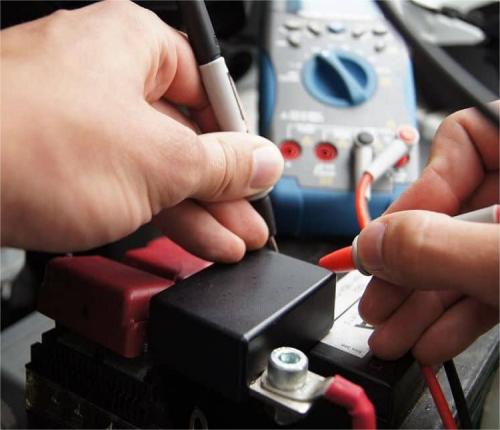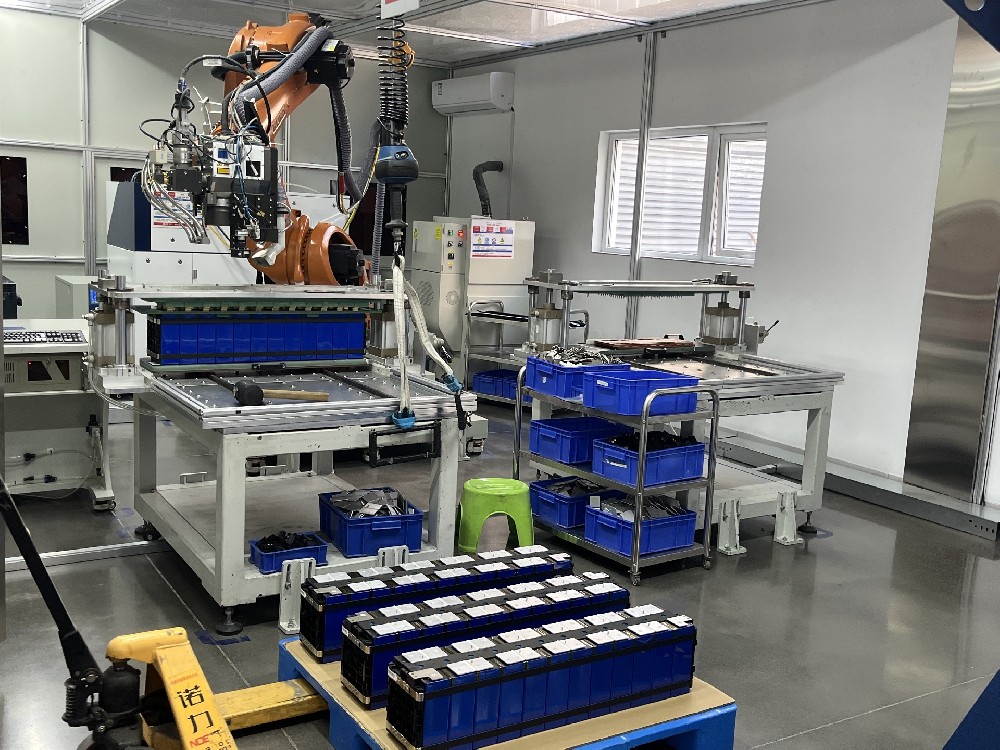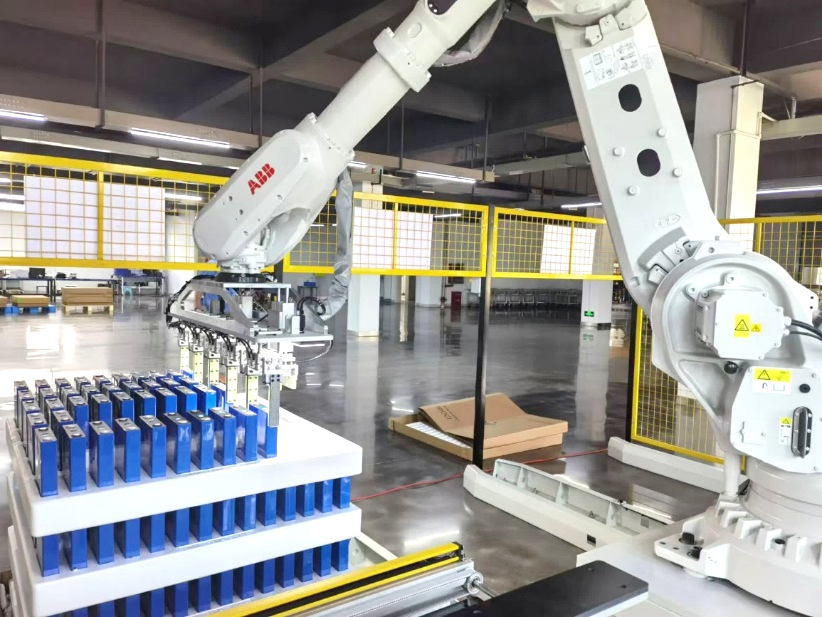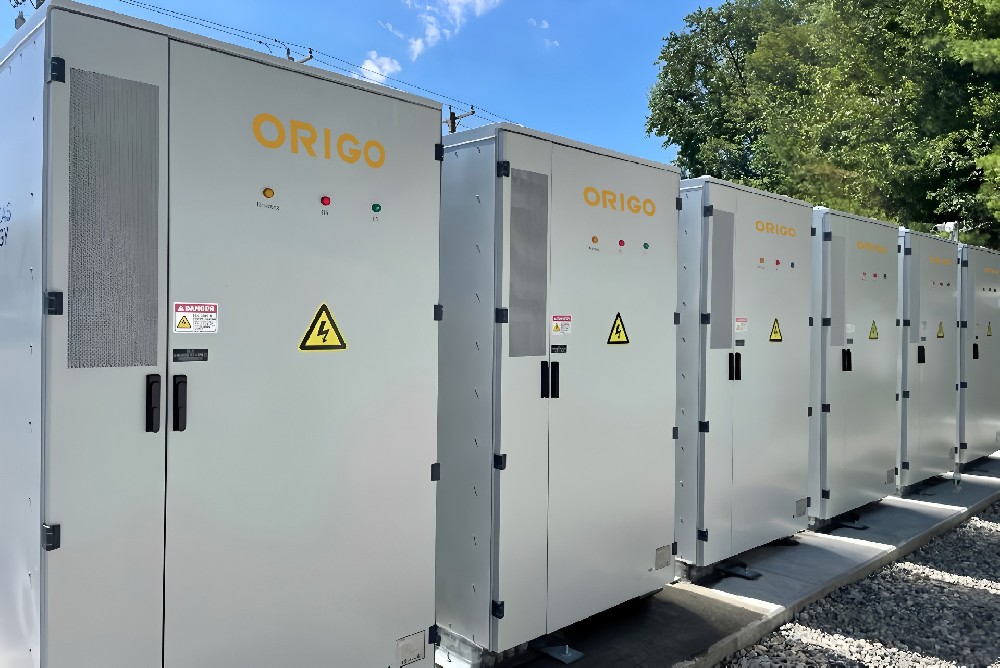Lithium-Ion Battery Care Guide
Positive electrode materials are diverse: common ones include lithium cobalt oxide, lithium manganese oxide, lithium iron phosphate, and ternary materials (nickel cobalt manganese oxide or nickel cobalt aluminum oxide), etc. For instance, lithium cobalt oxide batteries have a relatively high energy density, which can provide a longer driving range for vehicles, but they are costly and have relatively lower safety; lithium iron phosphate batteries have lower costs, good safety, and long cycle life, but their energy density is slightly lower than that of lithium cobalt oxide and ternary material batteries, and they are widely used in some commercial vehicles with less demanding range requirements; ternary material batteries have a relatively balanced performance, high energy density, and occupy an important position in the passenger vehicle market.
- Working principle: During charging and discharging, lithium ions move back and forth between the positive and negative electrodes. During charging, lithium ions are released from the positive electrode and enter the negative electrode through the electrolyte; during discharging, the opposite occurs, lithium ions are released from the negative electrode and return to the positive electrode, and electrons flow through the external circuit to form an electric current, thereby providing power for the vehicle.
Lead-acid batteries:
They are technologically mature, cost-effective, and have abundant raw materials. However, they have low energy density, heavy weight, limited driving range, and relatively poor lifespan and charging efficiency. They are generally suitable for some small, low-speed electric vehicles or used as backup power sources.
Nickel-metal hydride batteries:
Compared with lead-acid batteries, their energy density has increased, and they have better low-temperature performance and environmental protection characteristics. However, their energy density is still lower than that of lithium-ion batteries, and their self-discharge rate is higher. In the field of new energy vehicles, their application is gradually being replaced by lithium-ion batteries, but they still have a small number of applications in some hybrid vehicles.
If you want to know more about lithium batteries, please consult info@lishenpower.com.







